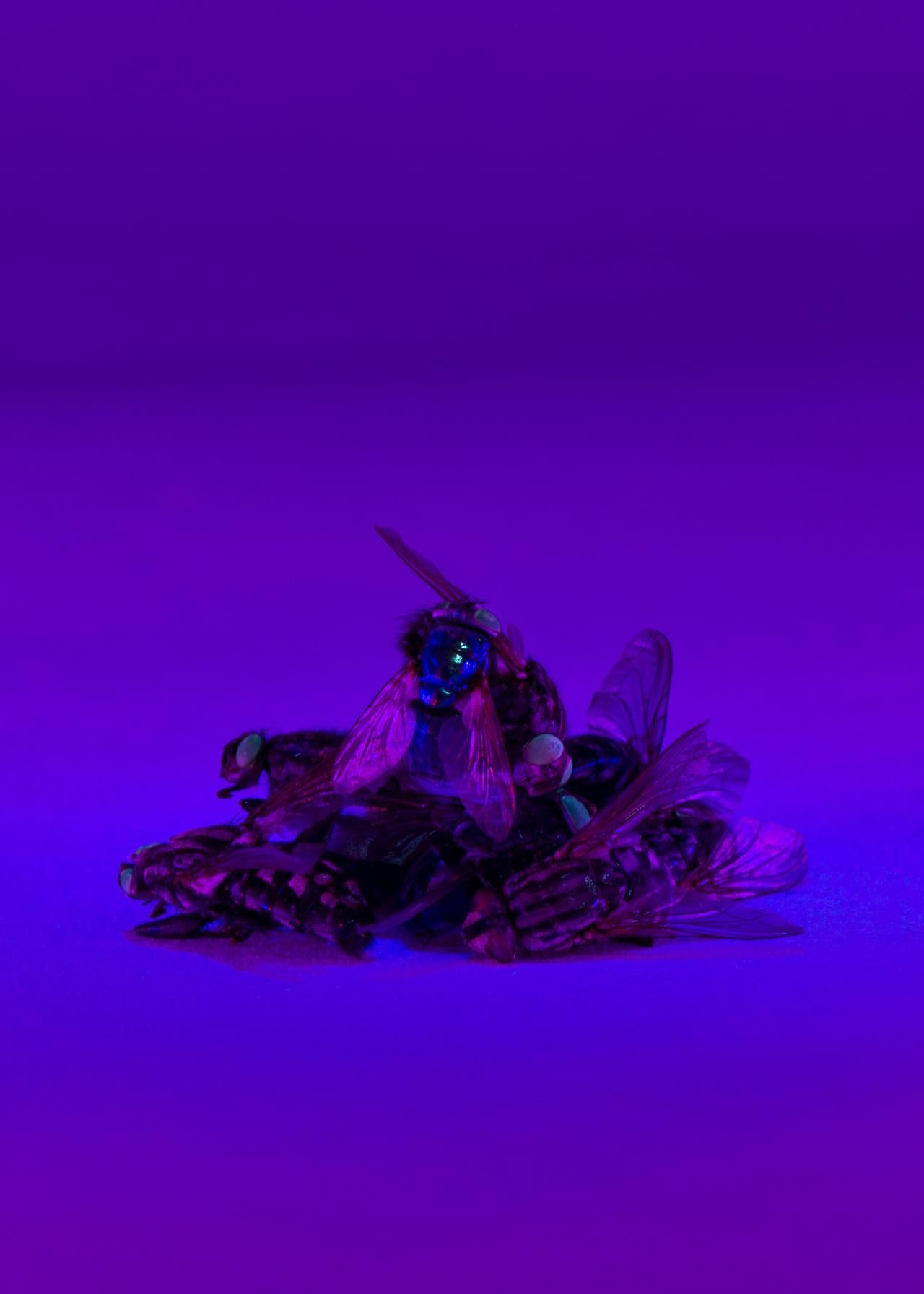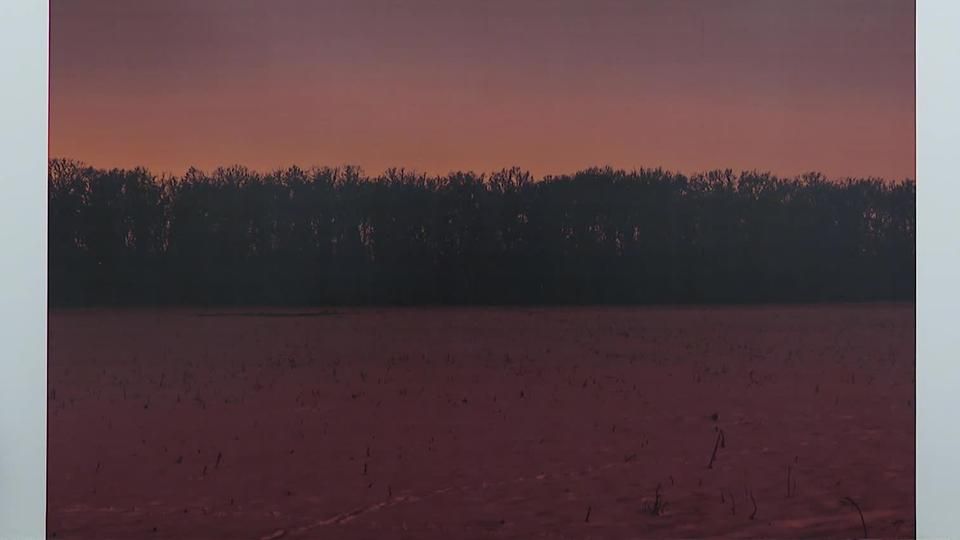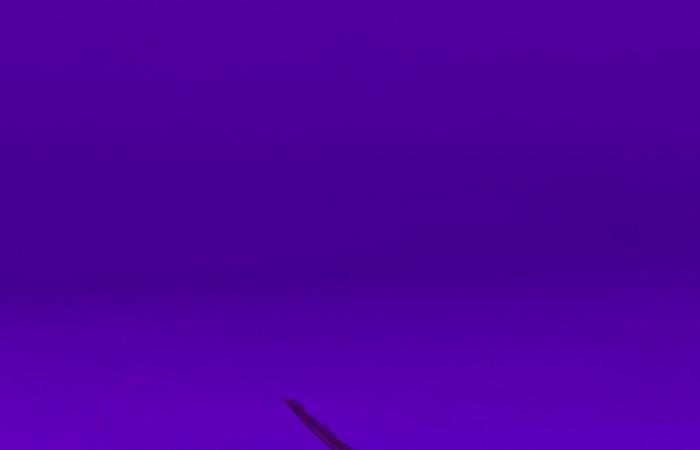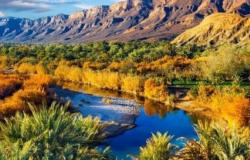
Léonie Rose Marion reveals her work entitled “Return the night” to the Bienne photographic days which are held until May 25. The artist uses photograms, images without camera, to capture the imprint of light pollution in different places.
Léonie Rose Marion is a photographer. She lives and works in Geneva and was trained at the School of Photo in Vevey (VD) and the Head, the Haute École d’Art et de Design de Genève. In her work entitled “Railing at night”, she is interested in light pollution and its impact on the environment and the living, at a time when it is almost no longer possible to observe natural night darkness on Swiss territory.
The photographer documents the disappearance of the night through different techniques and photographic registers. To Bienne’s photographic days, the exhibition brings together several types of images: photograms, documentary, experimental and scientific images, diagrams. “A photogram is an image made without lens or camera. We use the photosensitive surface of a paper by putting objects on it directly and then exposing this paper to light,” said the photographer in the 12:30 pm of May 1, 2025.
>> See a subject of 7:30 pm of June 2024 on the exhibition “Record the night”:

Sublime and sad work
By treating light and darkness as a research materials, Léonie Rose Marion explores in a subtle way the different characteristics and paradoxes of the photographic medium. “The idea of ’raising the night’ is to bring it back in the discussion. It was also to make a small tribute to a quote from Alphonse Allais who had written: ‘The night fell. I was leaning over to pick it up’,” said the photographer.
As Léonie Rose Marion recalls, 60% of invertebrates and 30% of vertebrates are partially or completely nocturnal. The disappearance of the night therefore has a significant impact on our ecosystems, but also on human beings and plants. On the world, the night enlightenment of the territory also increases each year. With these alarming observations, the photographer composes her images that are both sublime and sad, with dead insects and night landscapes.
-![Untitled 4 of Léonie Rose Marion, 2024. [DR - Léonie Rose Marion] Untitled 4 of Léonie Rose Marion, 2024. [DR - Léonie Rose Marion]](https://euro.dayfr.cam/wp-content/uploads/2025/05/1746516694_338_Light-pollution-at-the-heart-of-an-exhibition-of-Bienne.image.jpeg)
“There is a German study which estimates at 150 the number of insects that die by lamps each summer night. So if we Take the example of the city of Geneva with 24,000 light points, that is that there are 3,600,000 insects that die every summer night. It is enormous. And then often, when we talk about the 80% of insects disappeared in Europe, we will evoke the loss of habitat and pesticides, Light pollution also plays a huge role, “concludes the photographer.
Interview by Pauline Rappaz
Adaptation web: ld
“Rail at night” by Léonie Rose Marion, photographic days of Biel, from May 3 to 25, 2025.










